What is Futures Thinking?

Futures thinking is a mindset and a set of tools that help us explore and understand the potential of the future. It is not about predicting the exact course of events but expanding our imagination to consider the full range of possibilities.
Think of it like looking through a kaleidoscope. You turn the scope slightly, and the whole picture changes. Futures thinking encourages us to turn the kaleidoscope of our minds, exploring different angles and perspectives on the future.
Futures thinking involves contemplating possible futures and considering how current trends, events, and actions may shape the future. It takes a proactive approach to envisioning future scenarios and aims to inform strategic planning and decision-making.
Origins and evolution
Futures thinking originated in military and corporate strategic planning practices in the mid-20th century. Organizations wanted methods to anticipate threats, opportunities, and changes in the business landscape. This gave rise to forecasting techniques like scenario planning.
As society has become more complex and fast-changing, the need for futures thinking has grown. A key development was the rise of foresight programs in corporations and governments in the 1990s. This recognized that prediction was insufficient – diverse perspectives and creativity were needed to imagine plausible futures.
Why futures thinking is important?
In a constantly changing world, the ability to think about the future is more important than ever. It can help us:
- Make better decisions: By considering the potential consequences of our choices, we can make more informed decisions today.
- Be more adaptable: When we understand the range of possible futures, we can be better prepared for whatever comes our way.
- Innovate and create: Futures thinking can inspire us to come up with new ideas and solutions to the challenges of tomorrow.
- Build a better future: By actively shaping our vision of the future, we can increase our chances of achieving it.
Key aspects of futures thinking
Some key aspects of futures thinking include:
- Looking at potential future developments in science, technology, economics, politics, culture, and other areas that could shape the world ahead. This includes exploring trends, risks, “wild cards” and emerging issues.
- Using creative and critical methods like scenario planning, visioning exercises, and forecasting to imagine and examine alternative futures. The aim is to consider how the future could unfold in different ways.
- Challenging conventional assumptions about the future and thinking more expansive, imaginative ways about possibilities ahead.
- Taking a proactive stance toward the future, envisioning desirable futures, and identifying policies, strategies, and steps to help realize these visions.
- Building capacities for anticipation, pattern recognition, flexibility, and comfort with ambiguity when dealing with uncertain futures.
- Informing short-term decisions and longer-term strategies through a deeper understanding of forces shaping the future.
- Supporting better preparedness, agility, and resilience in the face of accelerating change in society and the environment.
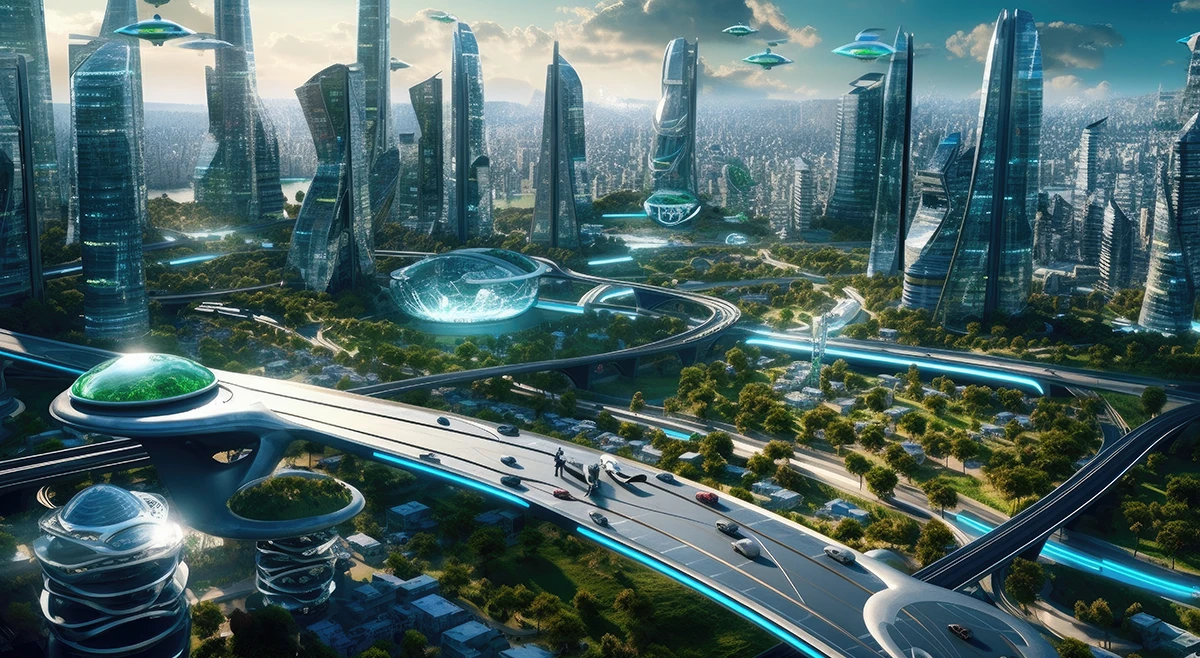
Futures thinking examples
Across sectors and scales, futures thinking is being applied to navigate uncertainty and shape positive outcomes. Here are a few examples across diverse areas to inspire your exploration.
- Urban planning and climate change resiliency: A city facing a potential rise in sea level utilizes scenario planning to explore different flood mitigation strategies and develop an action plan for various future scenarios.
- Public health and pandemic preparedness: A healthcare organization uses horizon scanning to identify emerging infectious disease threats and develops contingency plans for potential outbreaks.
- Business strategy and market disruption: A tech company leverages trend analysis to anticipate disruptions in their industry and invests in innovation to stay ahead of the curve.
- Education and future job skills: A school district engages students in worldbuilding to imagine future learning environments and equips them with relevant skills for evolving job markets.
- Community development and inclusive futures: A marginalized community conducts participatory visioning workshops to collectively plan for their desired future, addressing social and economic challenges.
On a smaller scale, you can see futures thinking in action, even in everyday choices:
- Career planning: Exploring potential career paths and skills needed for an uncertain future job market.
- Investing: Analyzing long-term trends and considering possible economic scenarios before making financial decisions.
- Preparing for retirement: Envisioning your desired retirement lifestyle and planning accordingly.
Click here to read detailed real world examples: 12+ Real World Futures Thinking Examples
Remember, futures thinking is not about crystal-ball gazing but about expanding your imagination and actively shaping the future you want to see. The possibilities are endless, so start exploring today.
The future can seem more bewildering with accelerating technological, social, and environmental shifts. Yet, this heightens the need for futures literacy in all sectors. Those who can wisely navigate uncertainty and complexity will thrive. With creativity and courage, we can build futures greater than the present could imagine. The task is to envision possibilities, chart purposeful courses, and realize progress together.
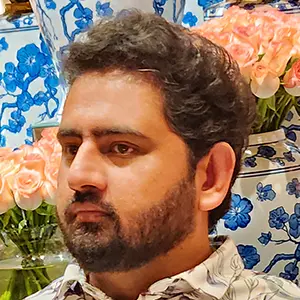
Learner-in-Chief at Future Disruptor. A futurist, entrepreneur, and management consultant, who is passionate about learning, researching, experimenting, and building solutions through ideas and technologies that will shape our future.
Subscribe to the Future Disruptor newsletter.

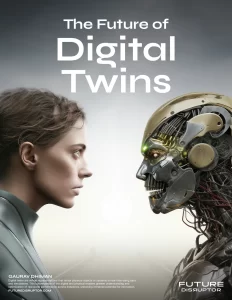

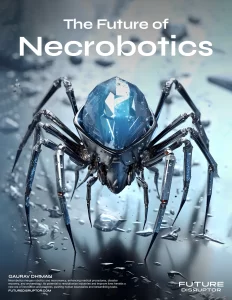

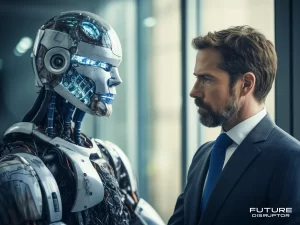
Leave a Reply